The inversion is here. Breathe easy with Garbett.
The combination of Utah’s unique topography, winter weather and the high vehicle emissions, the location is prime for winter inversions. An inversion occurs when normal atmospheric conditions in the winter become inverted. Normally cool air resides above while warm air resides below, so when an inversion occurs, the inversion traps a dense layer of cold air under warm air. This switch in the layers means that the warm layer traps pollutants in the cold air, closest to the valley floor…closer to you and your lungs. During the months of December through February, prolonged inversions can lead to high levels of fine particulate pollution (wicked bad air), in SLC. But how does a the air in a Garbett home stack up? Pretty dang well! Find out why below!
Let the data speak for itself.
Over the course of a two-month indoor air quality study, tens of thousands of data points were gathered from homes built in 1964, 2016 and a current Garbett home. This study concluded that on average a Garbett home has 120% better air quality than outdoor air quality. Based on AQI (Air Quality Index) the study showed that Garbett’s air quality is 85% cleaner than the 1964 home and 60% cleaner than a 2016 competitor’s home. How do we achieve this? An airtight building envelope, ERV system and a move to increased electric home efficiency are just some of the key building practices standard in every Garbett homes. Learn more about our ERV system (fresh air recovery system) below.
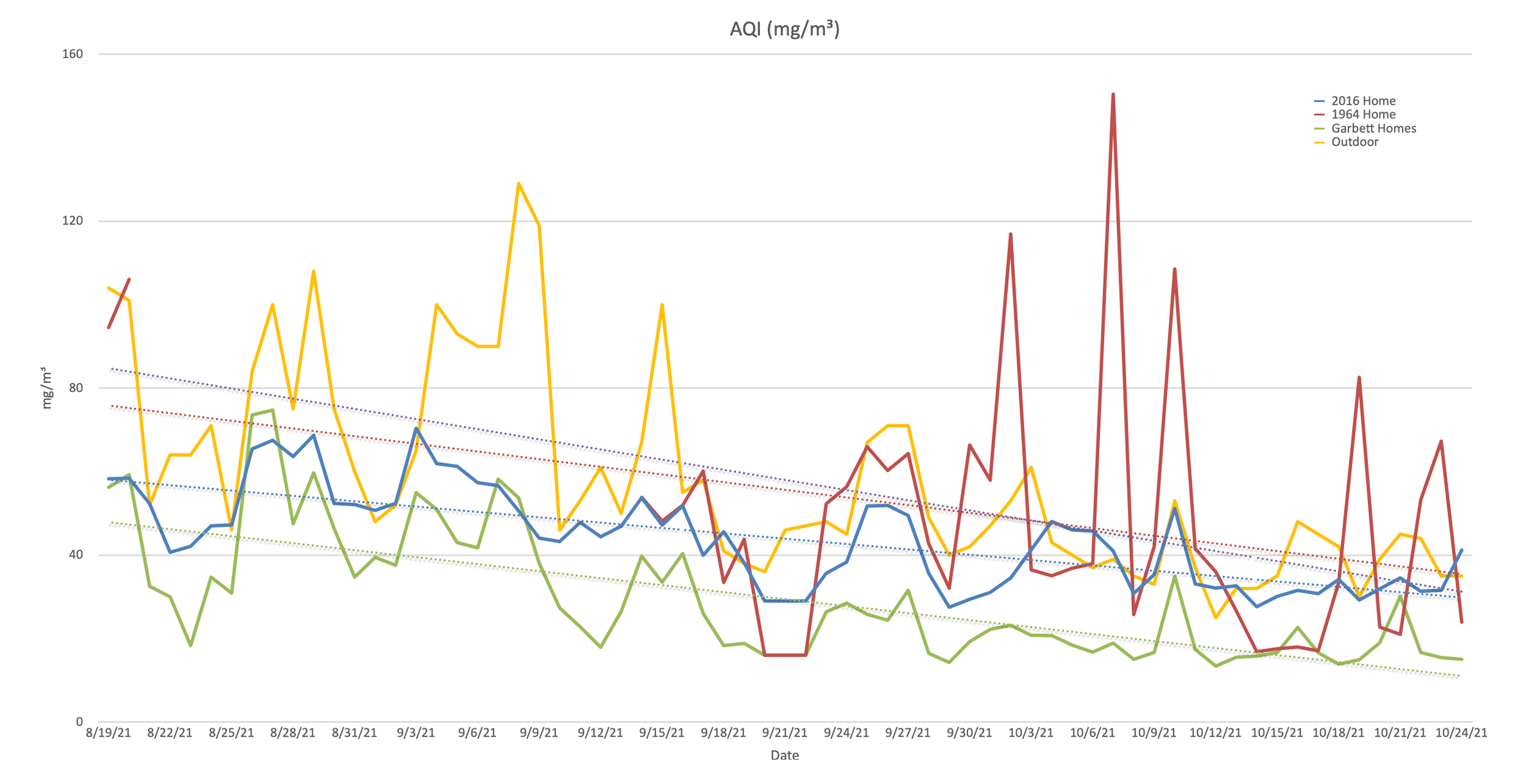
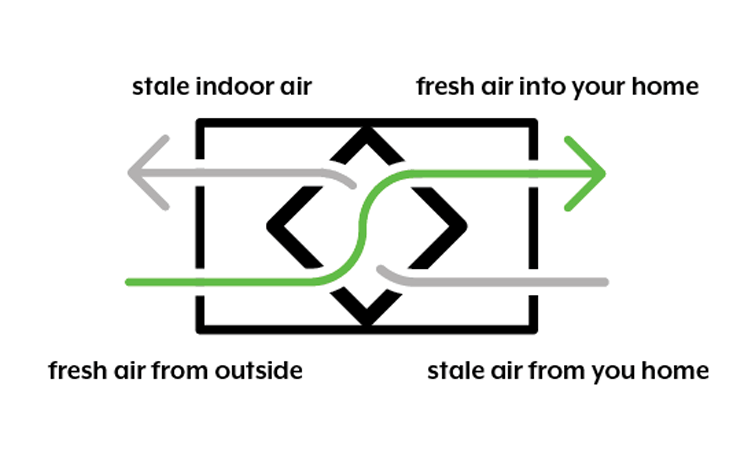
So how does an ERV clean your air?
Every Garbett home is equipped with an advanced air exchanger that completely replaces all the indoor air with filtered outside air, helping to keep your home and family healthy. The system uses advanced Energy Recovery Ventilation (ERV) technology to precondition the incoming outdoor air. The system precools the air in the warmer seasons and preheats the air in the cooler seasons. The benefit of using energy recovery technology is the ability to improve indoor air quality and reduce the energy used by your heating and cooling equipment. This technology has demonstrated an effective means of reducing your energy costs by reducing your home's heating and cooling loads. Garbett fondly refers to this as your homes Fresh Air System.

So how does an ERV clean your air?
Every Garbett home is equipped with an advanced air exchanger that completely replaces all the indoor air with filtered outside air, helping to keep your home and family healthy. The system uses advanced Energy Recovery Ventilation (ERV) technology to precondition the incoming outdoor air. The system precools the air in the warmer seasons and preheats the air in the cooler seasons. The benefit of using energy recovery technology is the ability to improve indoor air quality and reduce the energy used by your heating and cooling equipment. This technology has demonstrated an effective means of reducing your energy costs by reducing your home's heating and cooling loads. Garbett fondly refers to this as your homes Fresh Air System.
Is it time to clean your ERV filter? Here's how.
Have you replaced your air filters yet?
How often do you change your home air filters? Once a month? Whenever you see dust building up on the vent? There are several benefits to home air filter maintenance, so mark your calendar and change those air filters regularly!
As you can imagine, your air filter collects all kinds of dust, spores, hair, dander, and other particles that get pumped through your air conditioning system. You don’t want to breathe that stuff in or have it floating in your air. Changing your home's air filter ensures your home has cleaner, healthier, and fresher air. Regularly changing your air filters helps your HVAC system perform more efficiently! If you’ve noticed your home not cooling or heating as well, as usual, check the filter before calling an HVAC contractor.
So what about indoor air purifiers?
According to the EPA the most effective ways to improve your indoor air are to reduce or remove the sources of pollutants and to ventilate with clean outdoor air. In addition, research shows that filtration can be an effective supplement to source control and ventilation. Using a portable air cleaner and/or upgrading the air filter in your furnace or central heating, ventilation, and air-conditioning (HVAC) system can help to improve indoor air quality. Portable air cleaners, also known as air purifiers or air sanitizers, are designed to filter the air in a single room or area. Central furnace or HVAC filters are designed to filter air throughout a home. Portable air cleaners and HVAC filters can reduce indoor air pollution; however, they cannot remove all pollutants from the air.
The following publications provide information on portable air cleaners and on HVAC and furnace filters commonly used in homes. CLICK HERE.

What else can you do to keep your air fresh?
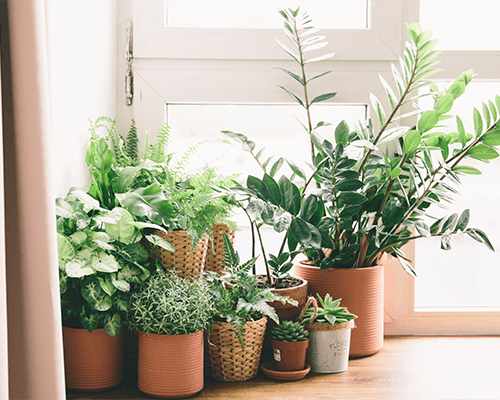
Add some plant life.
Plants are nature’s natural air filters. Buying a few indoor plants can do wonders to improve the indoor air quality in your home, while enhancing your home décor.
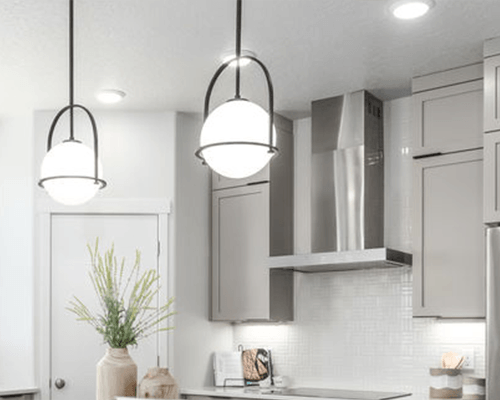
Run your kitchen vent to reduce moisture.
Each Garbett homes has a kitchen fan to ventilate the air from the place in you your home that produces the most air impurities…not the bathroom?!
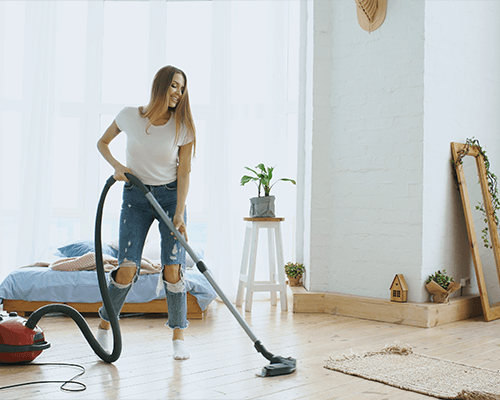
Vacuum your home regularly.
Vacuuming you home frequently helps remove the dust and allergens trapped in your carpet keeping the dust bunnies at bay.
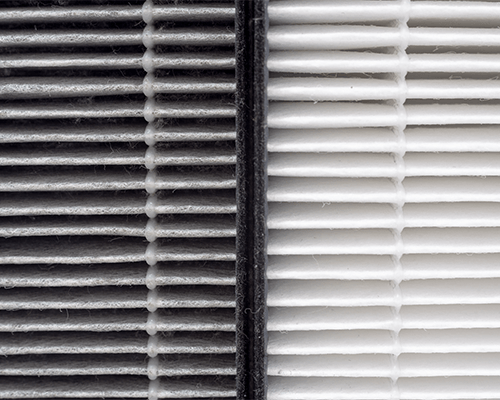
Change your air filters often.
This one’s a no brainier, but often forgotten. The air your HVAC and Fresh Air Recovery System both have filters that require quarterly upkeep to help keep the air in your home healthy.
Are you ready to go green?
Fill in the form below and one of our team members will contact you soon to help you on your way.

